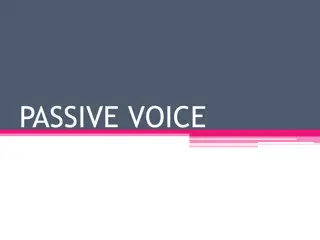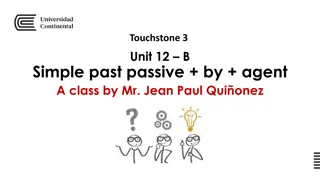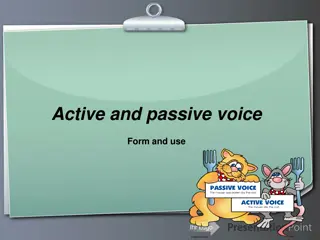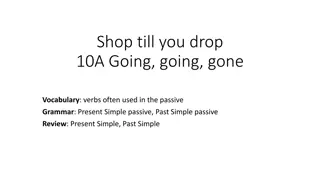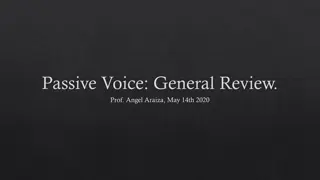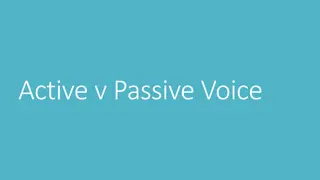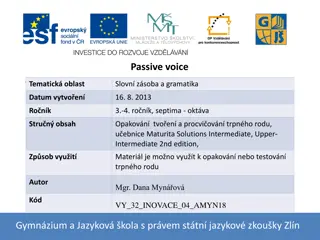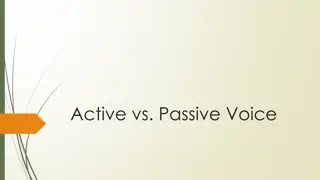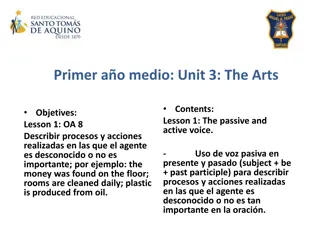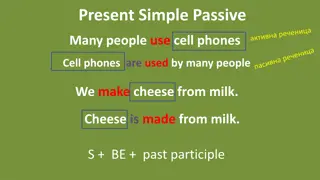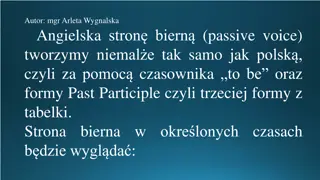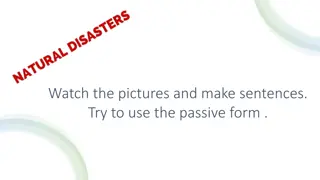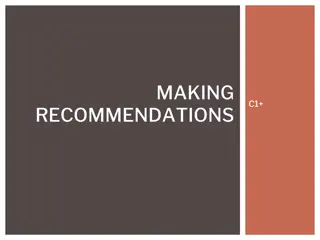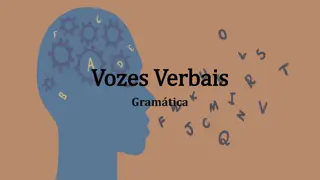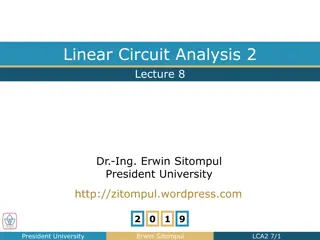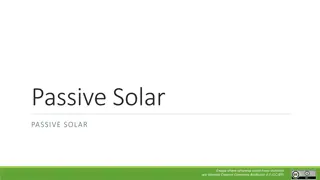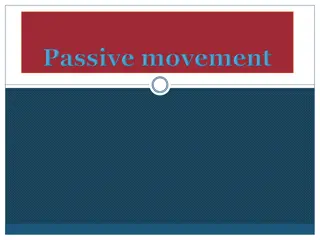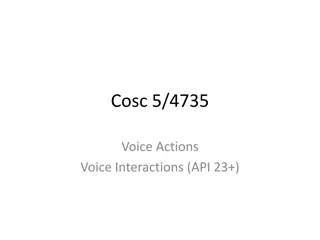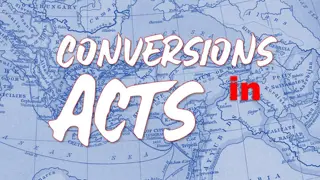Understanding the Passive Voice: Usage and Conversion
Delve into the concept of the passive voice, learning why and when it should be used. Explore examples, steps for converting active to passive voice, and its relevance in different contexts like newspapers, scientific papers, and legal documents.
Download Presentation

Please find below an Image/Link to download the presentation.
The content on the website is provided AS IS for your information and personal use only. It may not be sold, licensed, or shared on other websites without obtaining consent from the author. Download presentation by click this link. If you encounter any issues during the download, it is possible that the publisher has removed the file from their server.
E N D
Presentation Transcript
The Passive Voice Another Grammar Structure
Why and when should you use the passive voice? You do not want to say who or what did the action; You do not know who did the action; The object is the most important part of your sentence. You want to change the focus of the sentence.
The Active Voice For example: (1) The children ate the cake. (2) English speakers frequently use the passive voice.
Language Functions Active Voice Passive Voice (1) The children ate the cake. (1) The cake was eaten (by the children) (2) English speakers frequently use the passive (2) The passive voice is frequently used voice. (by English speakers)
Use in Newspaper Scientific paper or legal documents Daily conversation
Given information: (1) I was born on March 11th, 1974. (2) He is called Tony. (3) The Stand was written by Stephen King. (4) Deadpool was directed by Tim Miller. (5) The national anthem was sung by Fergie.
6 Steps to change active into passive voice (1) Identify the subject, the verb and the object of the active sentence (2) Move the object to become the new subject of your passive sentence (3) Check the active sentence: what is the verb tense? (4) Conjugate the verb be (5) Add the past participle of the main verb after be (6) Decide if that is really important to mention the doer of the action: If yes, use by
The children ate the cake. Subject verb object The cake was eaten (by the children)
Other examples: (1) Her grandfather built the house in 1893. The house was built in 1893. (2) The salesman will sell this car by the weekend This car will be sold by the weekend. (3) Her husband had left out the washing in the rain. The washing had been left outin the rain. (4) The volunteers savedmany people s lives. Many people s lives were saved.
You may mention the doers using by phrases: (1) The house was built by her grandfather in 1893. (2) This car will be sold by the salesman by the weekend. (3) The washing had been left out in the rain by her husband. (4) Many people s lives were saved by the volunteers.
Summary (1) Verb beis always there. (2) Verb be conjugates with the subject. (3) Verb beis always followed by the past participle.
Exercises (1) Someone has stolen my neighbor s car. (1) My neighbor s car has been stolen. (2) We made lots of money in 2018. (2) Lots of money was made by us in 2018. (3) I will clean the house on Monday. (3) The house will be cleaned on Monday/ (4) He built the house for his parents. (4) The house was built for his parents by him.



